You don’t realize how heavy your couch is until you’ve got one end lifted.
It’s true—moving a couch can feel like wrestling a bear, especially when you’re doing it solo.
But, you know, sometimes life doesn’t wait for your friends to be available, and hiring professional movers might not fit the budget.
Did you know that the average cost for hiring movers in the U.S. can range between $500 and $1,200?
So, if you are like many Americans who prefer a DIY approach, then learning How to move a couch by yourself is essential.
According to the American Moving & Storage Association, nearly 35% of U.S. residents handle their own moves yearly.
That's millions of people, and many of them face the challenge of moving large furniture items like couches on their own.
Now, before you start thinking it’s impossible, let’s break it down.
With the right equipment, planning, and a few tips from the pros, you can move a couch solo without making it an all-day ordeal—or worse, a trip to the chiropractor.
Let’s get into it—because who says moving has to be a pain?
Equipment You Will Need to Move a Couch by Yourself
Before you jump in, you will need the right tools to make the job easier (and safer).
Trust us, it's not just about muscle; having the right equipment is like having a secret weapon in your DIY arsenal.
Furniture Sliders
Just think about this: instead of lifting a heavy couch and risking injury, you glide it effortlessly across the floor.
These small but mighty pads are lifesavers, especially on hardwood or carpet.
In fact, according to moving experts, sliders can reduce the effort needed to move heavy furniture by up to 50%.
You just lift each corner of the couch slightly, place the slider underneath, and voila—you are gliding instead of dragging.
Furniture Dolly
If you have ever thought, “There has to be an easier way,” this is it.
A furniture dolly is a flat, wheeled platform that can handle the weight of your couch with ease.
Research has shown that a dolly can decrease the strain on your back by nearly 70%.
Moving Straps
Now, these are essential if you want to shift the weight from your back to your legs.
Moving straps, often called “lifting straps,” distribute the weight more evenly.
It allows you to lift heavy items like a couch with far less strain.
According to the National Safety Council, improper lifting techniques cause nearly 36% of all musculoskeletal injuries during DIY moves.
Protective Wraps and Blankets
To avoid any scuffs or damage (both to your couch and your walls), you will want to wrap it up.
Moving blankets or thick quilts provide a cushion that absorbs impact.
A survey from a popular moving company shows that about 42% of DIY movers who used protective wraps avoided damage to their furniture compared to those who didn’t.
So, invest in some wraps—it’s cheaper than repairing a scratched couch or wall!
Measuring Tape
We know, we know, it’s not as exciting as a dolly or sliders, but this simple tool is a must-have.
Measuring the dimensions of your couch and your doorways is the first step to analyze so you won't get stuck midway through.
You know, 15% of DIY movers experience issues because they didn’t measure their furniture or doorways beforehand.
Don’t be one of them! Measure twice, move once—that’s the rule.
How to Move a Couch by Yourself
Preparation is Key
The Best Ways to Move a Couch by Yourself start with solid preparation:
Measure the dimensions of your couch (width, height, and length) and compare them to the doorways, staircases, and hallways in your home.
You may need to tilt or rotate it to fit through tight spaces.
Clear Obstacles like rugs, toys, or furniture.
If the fit is tight, you might also want to temporarily remove the door hinges to create some extra room.
Disassemble When Possible
Before you lift it, break the couch down into manageable parts:
Start by removing all cushions, pillows, and detachable parts like legs.
If your couch is a sectional, separate the pieces. This will reduce the weight and size, which makes it easier to move.
Once disassembled, wrap each part individually to avoid damage.
This is especially important if you are moving through tight spaces.
Lift and Move the Couch Safely
Now comes the challenging part—lifting the couch.
It’s important to use the right techniques to prevent injury:
Use Proper Lifting Techniques: Always lift with your legs, not your back.
Squat down with your feet shoulder-width apart, grip the couch’s base or legs firmly, and rise slowly.
Avoid bending at the waist, and keep the couch close to your body for better control.
If you face a tight corner or staircase, stand the couch upright or tilt it as needed.
When going through stairs, the high-low method is effective: one person lifts from the higher side, and the other supports the lower end.
In this method, you use gravity to maintain balance and control.
Use Sliders and Dollies
If you have sliders, lift one end of the couch slightly and slide a pad under each leg.
This minimizes the need for lifting and allows you to glide the couch smoothly across the floor.
If the floor is carpeted, make sure to use sliders specifically designed for carpets.
For larger moves, use a furniture dolly. Position the dolly next to the couch and lift one end onto it.
Strap the couch securely before pushing it.
Move the Couch into a Vehicle
If you are using a truck, position the couch against the side wall and use tie-downs or straps to anchor it securely.
For smaller vehicles, you may need to strap the couch to the roof.
If you are using your vehicle, especially if the couch is on the roof, drive carefully to avoid sudden stops or turns.
Additional Tips to Consider
Wear Protective Gear
Use gloves to improve grip and protect your hands from scrapes. Wear a back brace for additional support and safety.
Use Cardboard for Smooth Surfaces
Place flattened cardboard pieces under sliders if you're moving the couch across hard floors.
Plan Your Route in Advance
Visualize the path you will take with the couch and identify any narrow spots or obstacles beforehand.
Ask for Help When Possible
Even if you are moving alone, ask a neighbor or friend for assistance during tricky maneuvers like stairs or tight doorways.
Take Breaks to Avoid Fatigue
Moving a couch is physically demanding. Take short breaks to rest and hydrate.



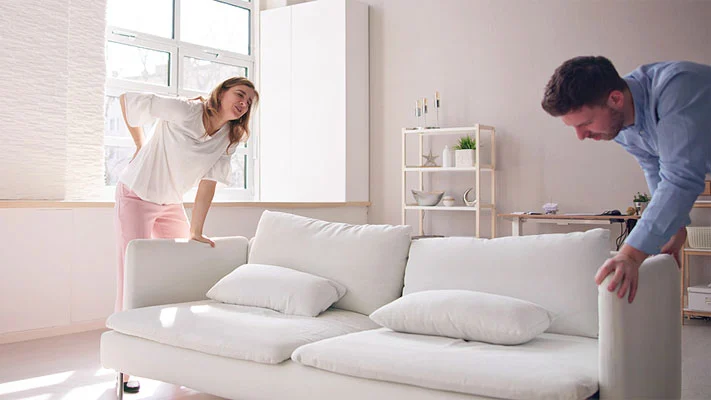














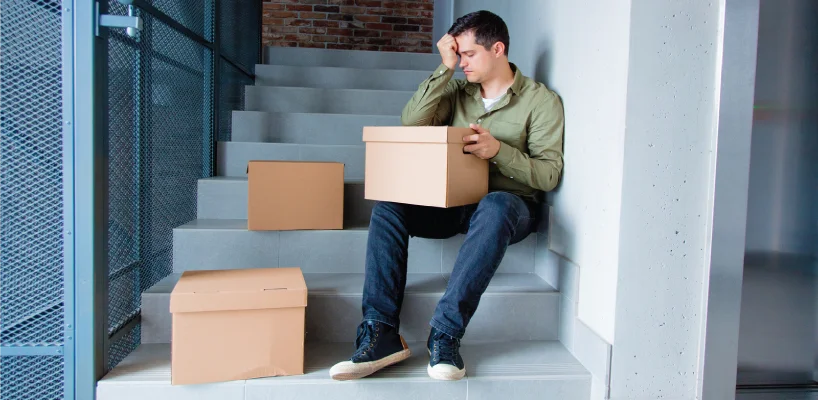
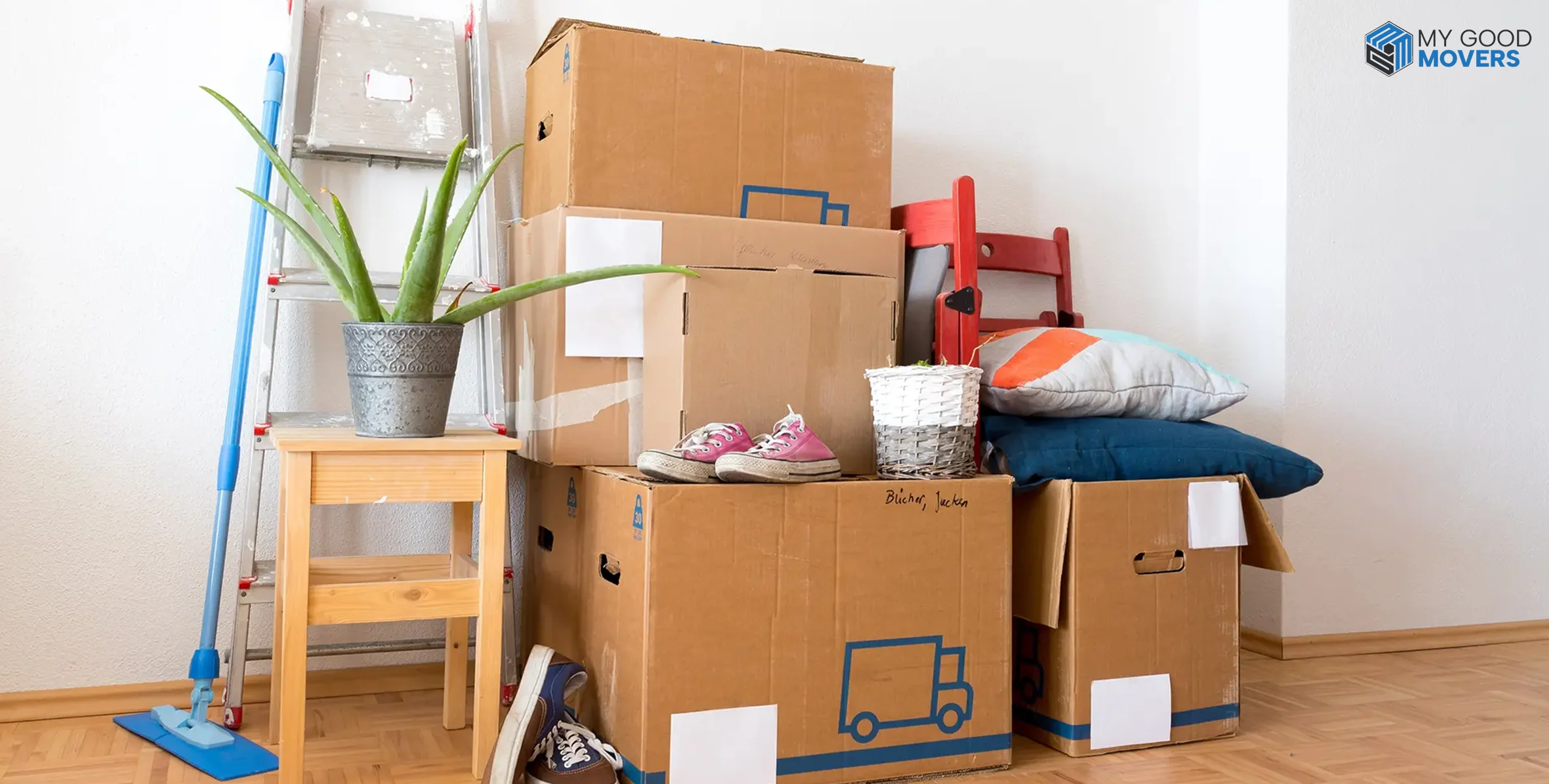









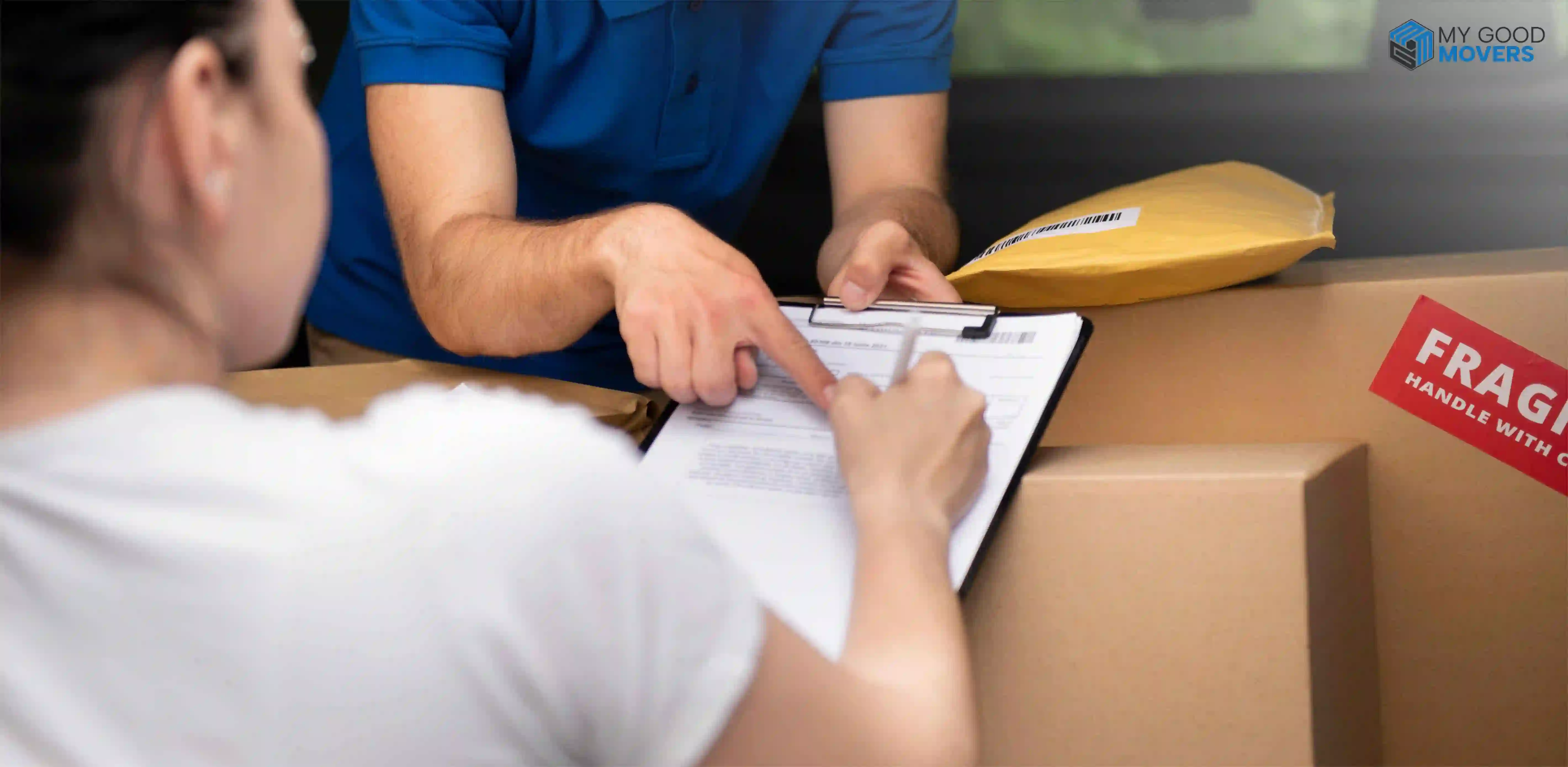


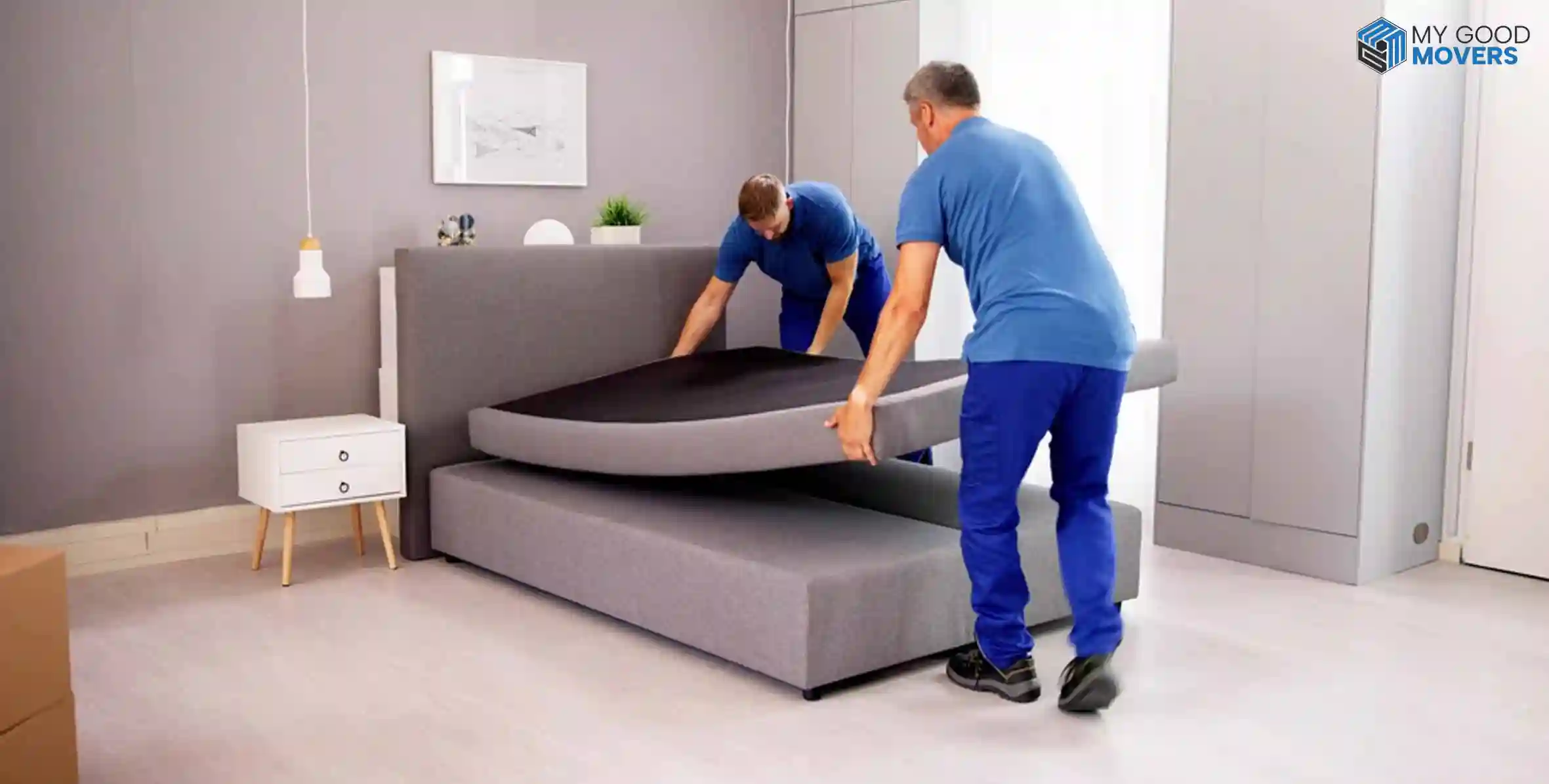

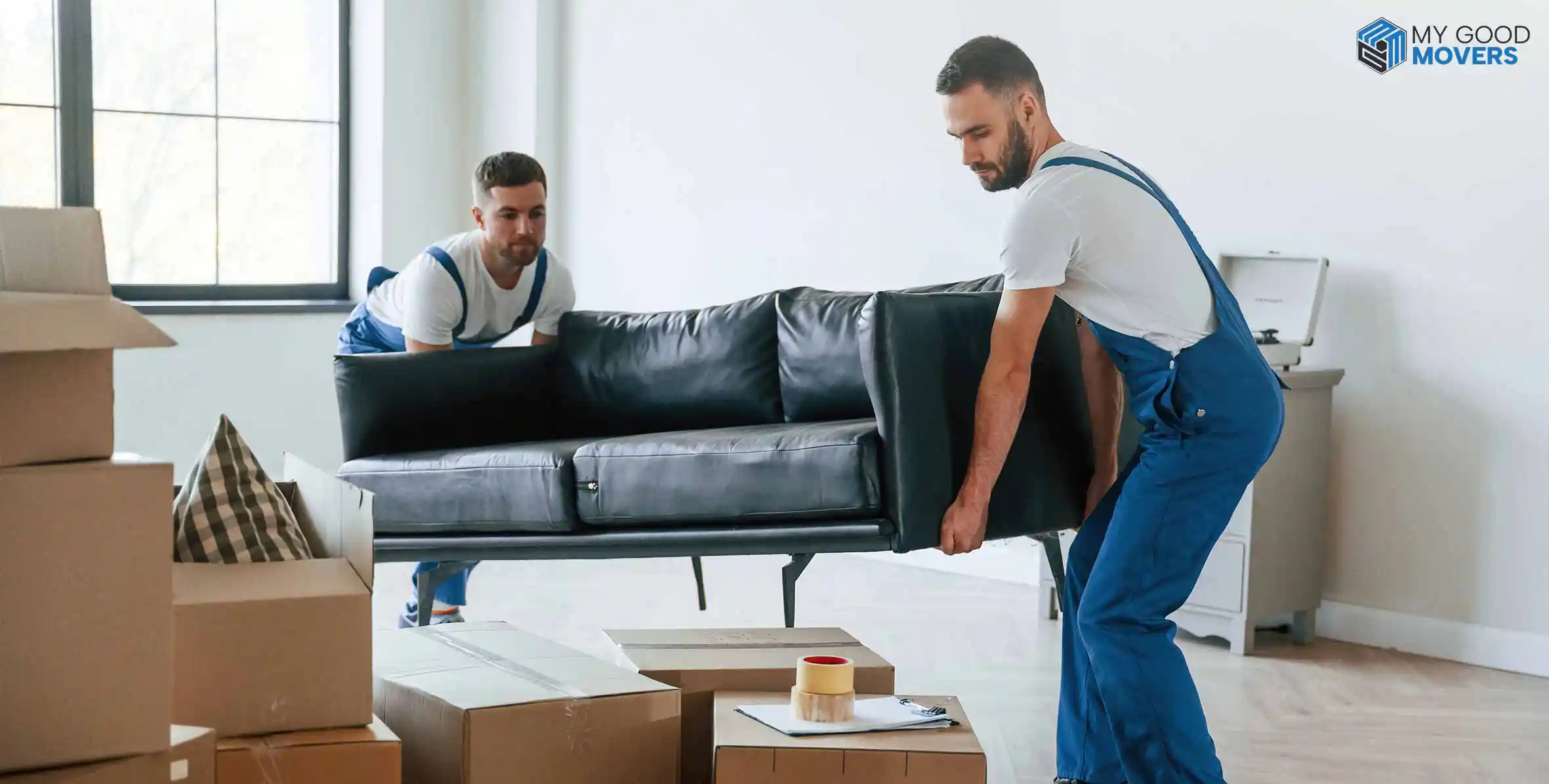

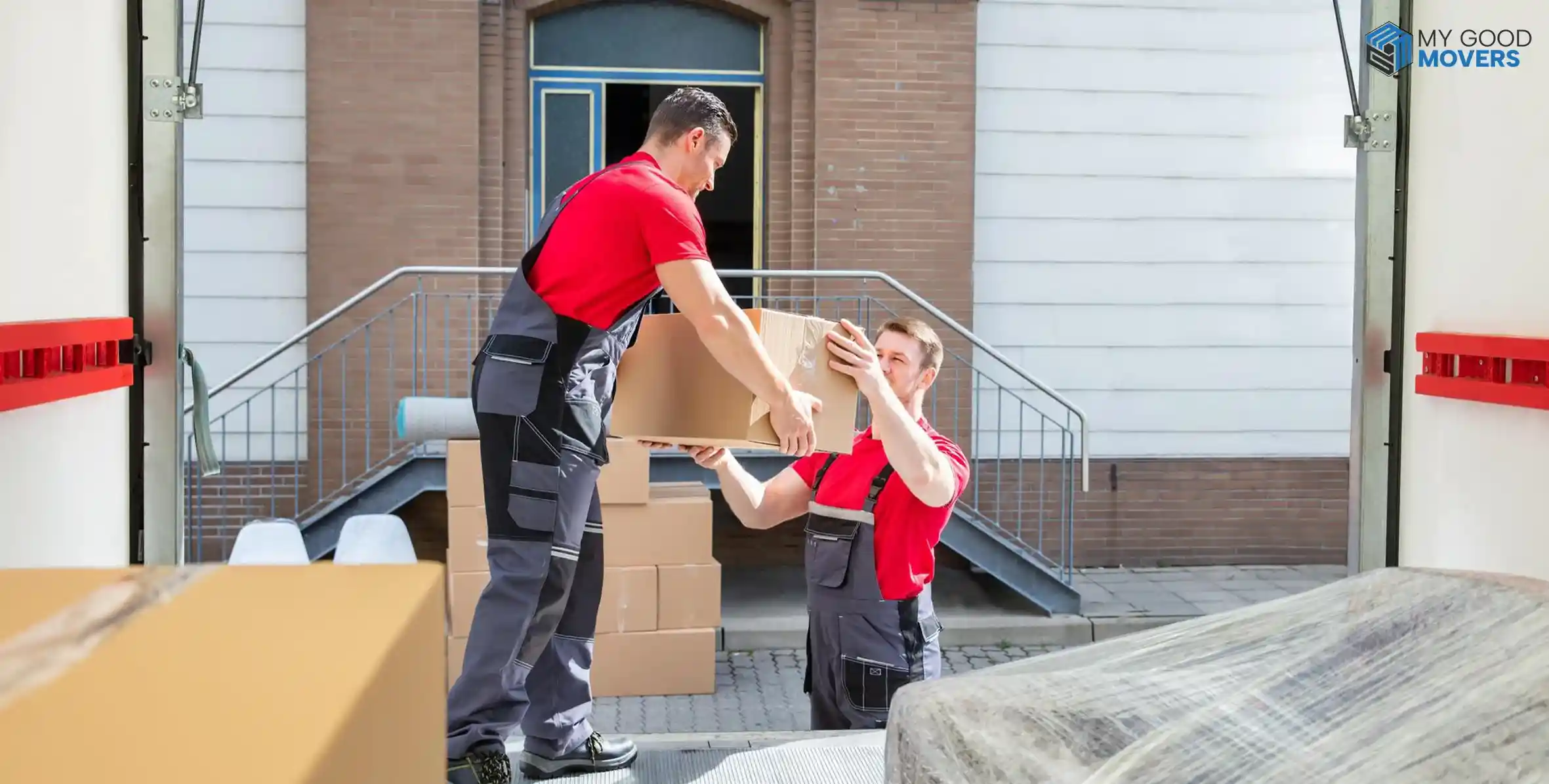



















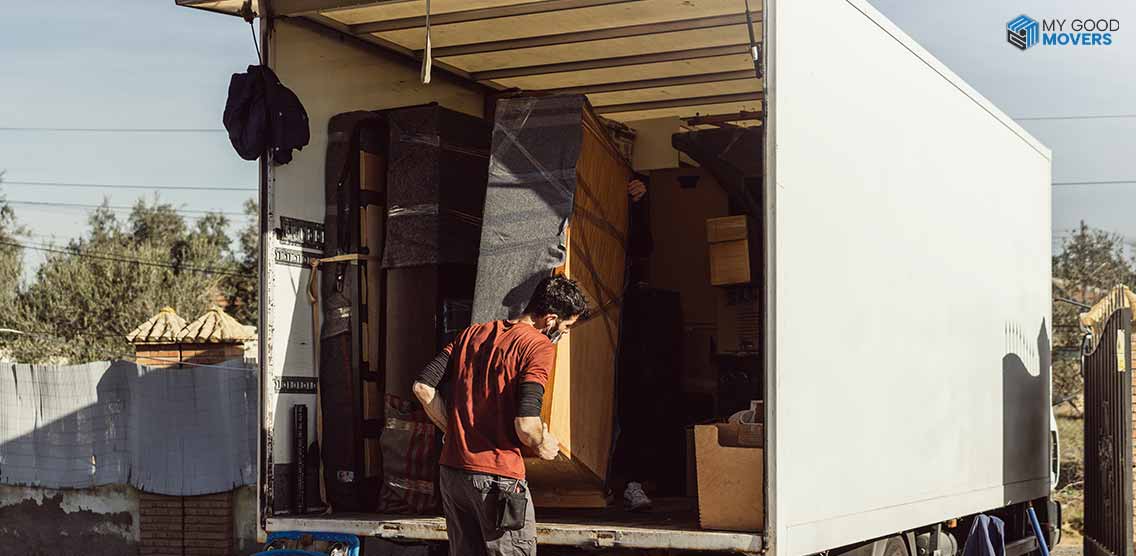
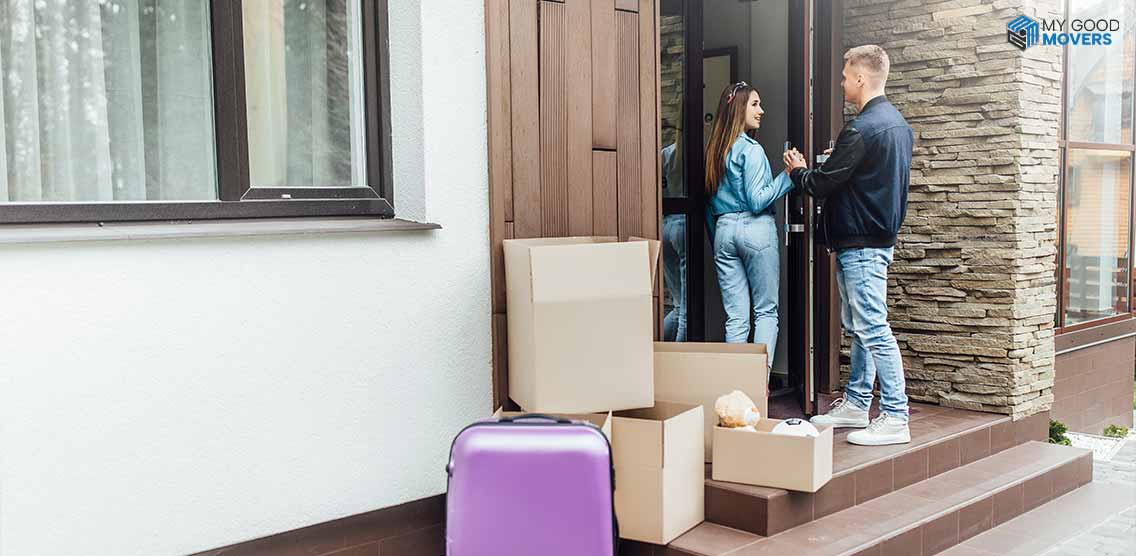


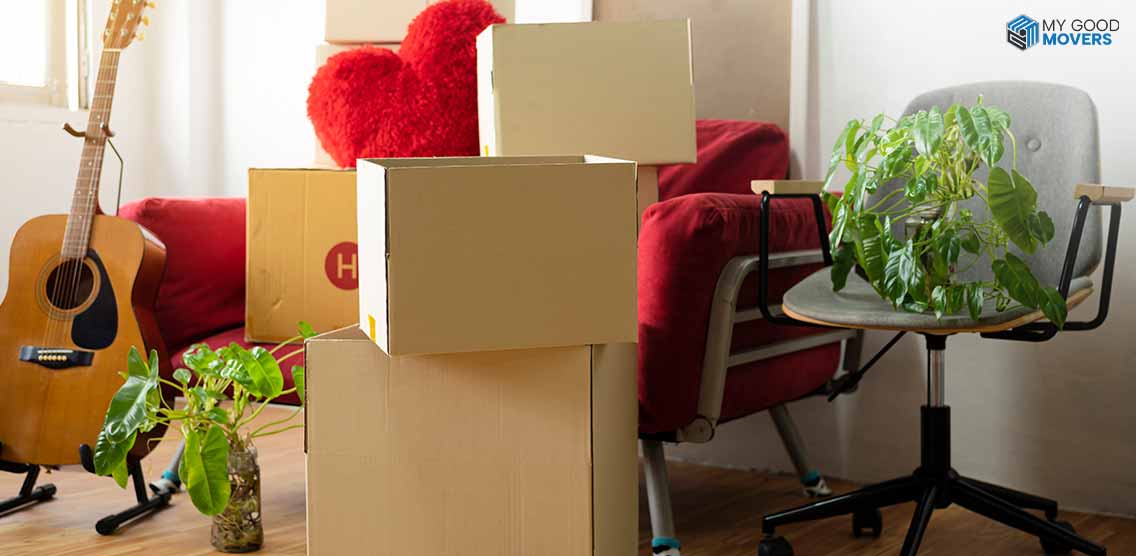




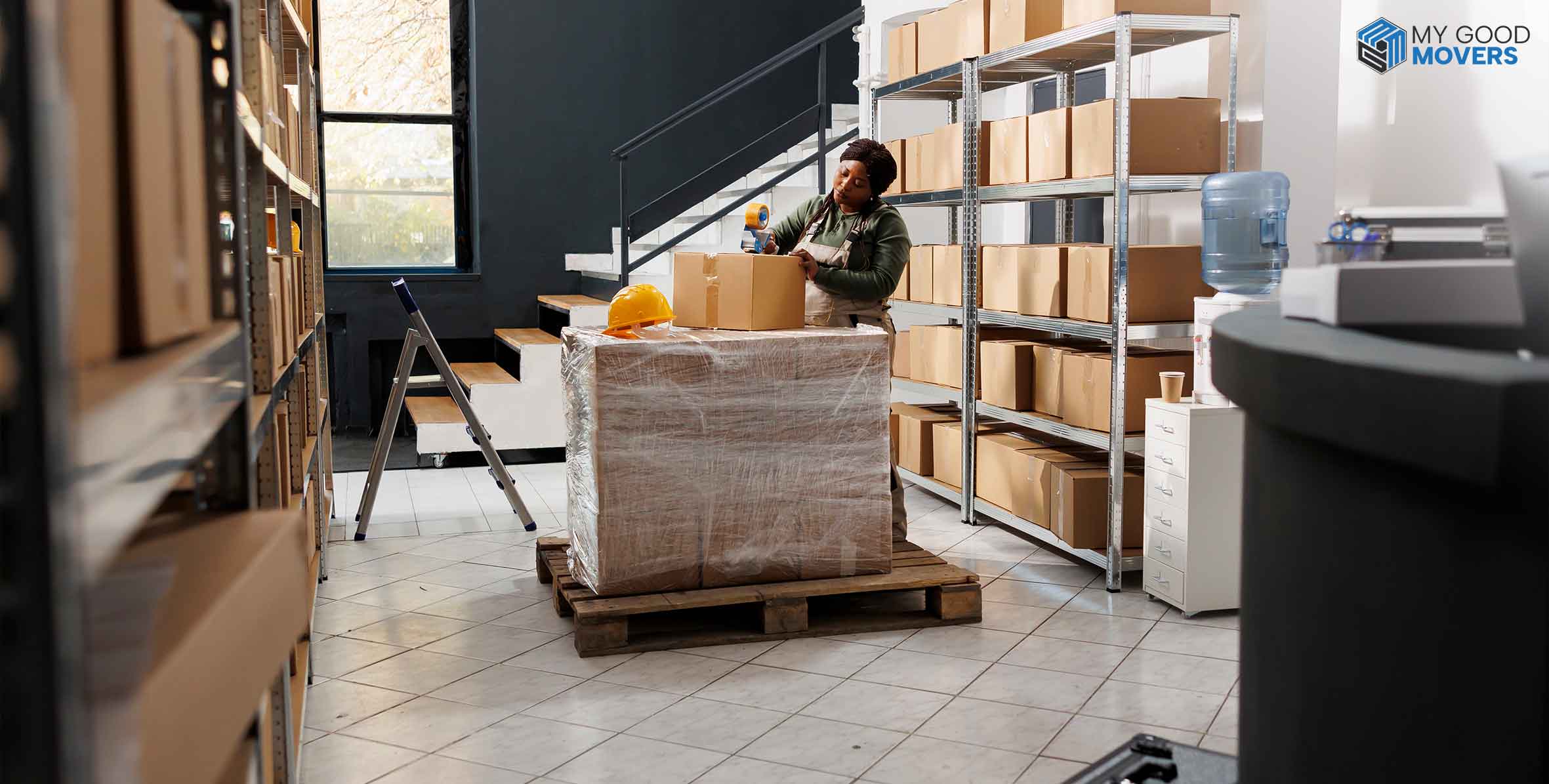


















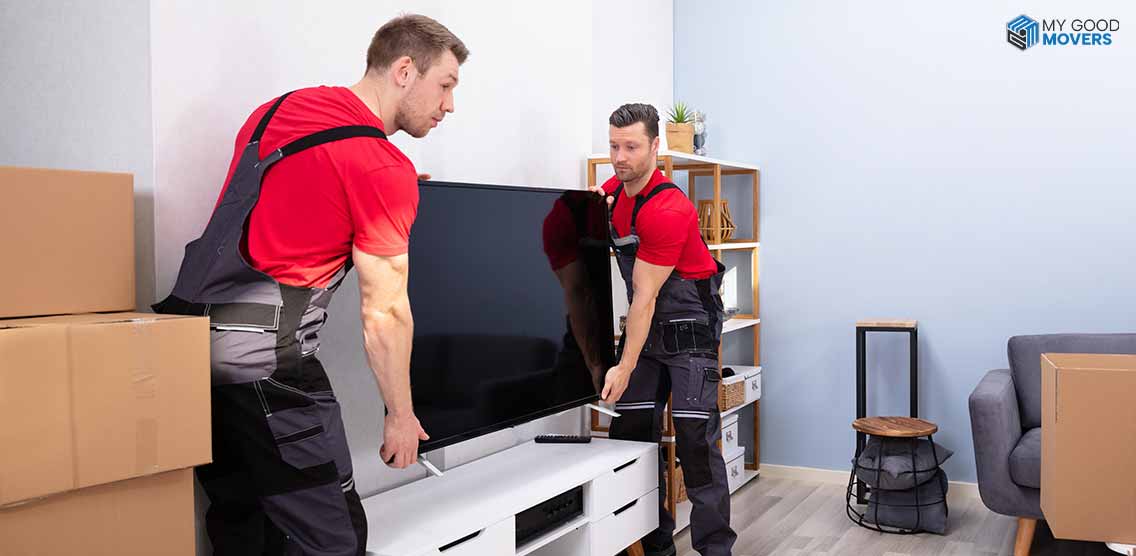











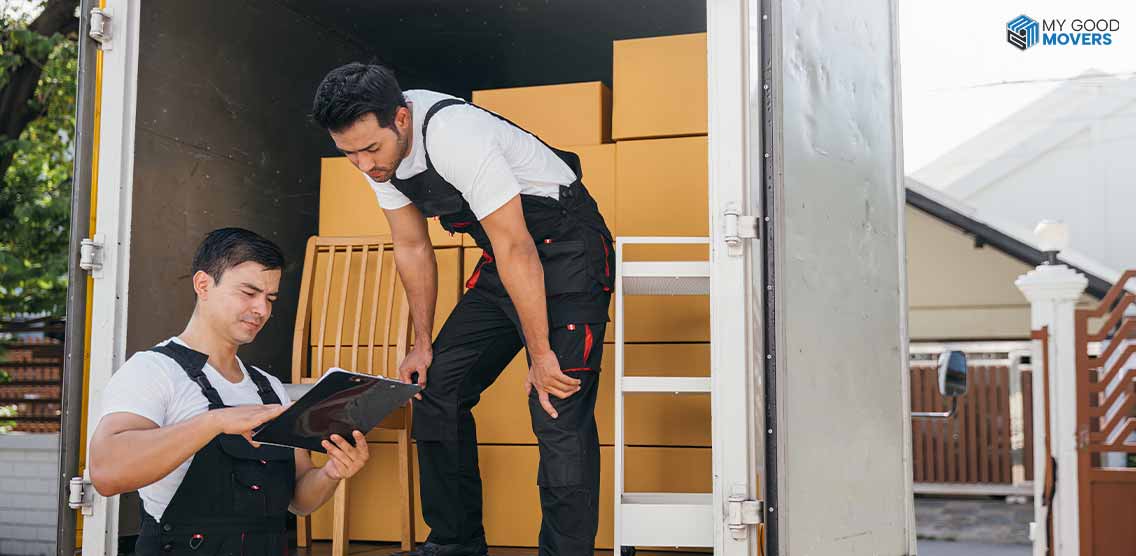

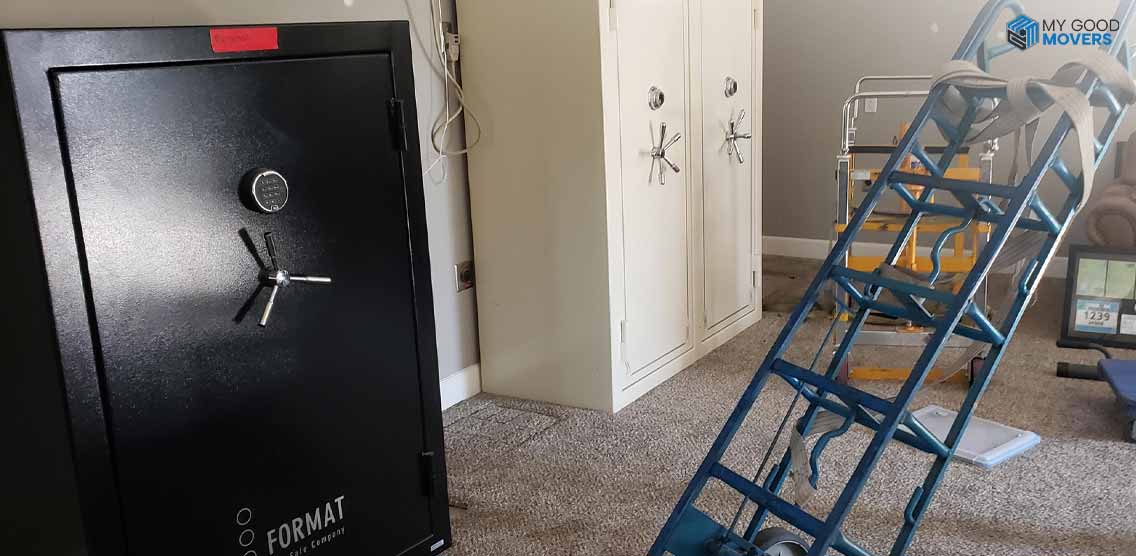





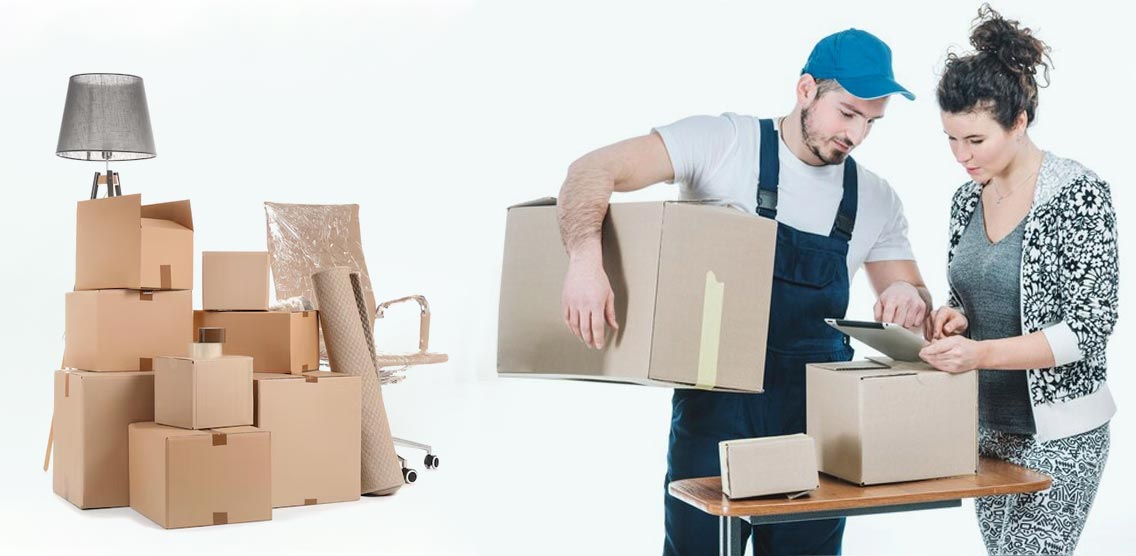







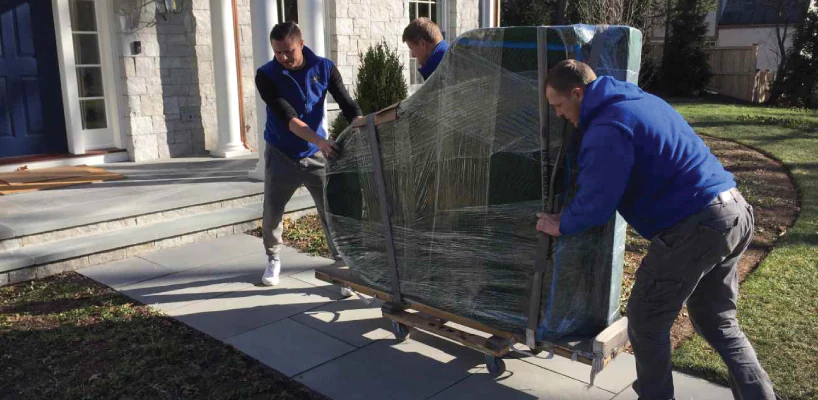



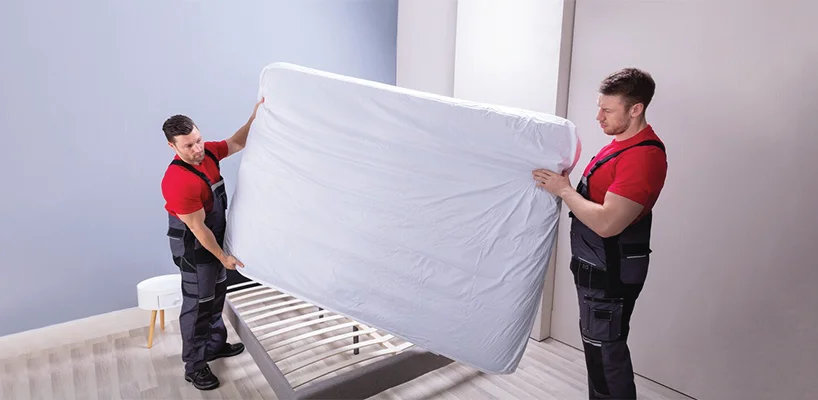



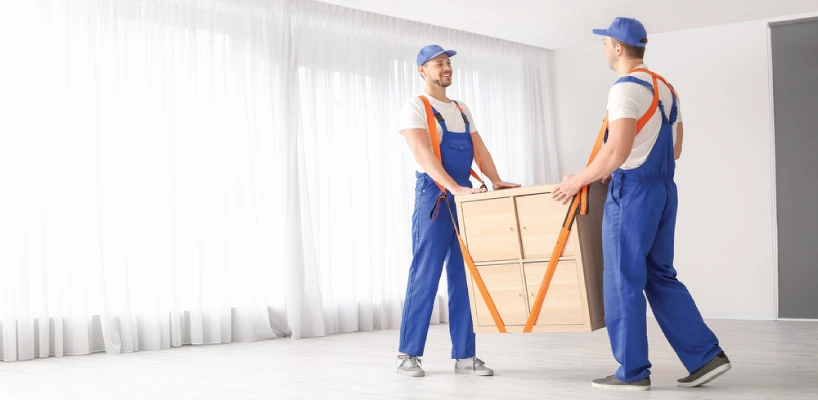

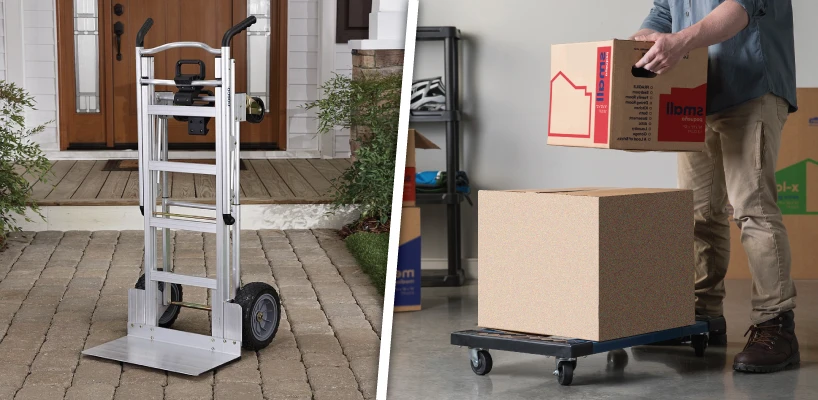
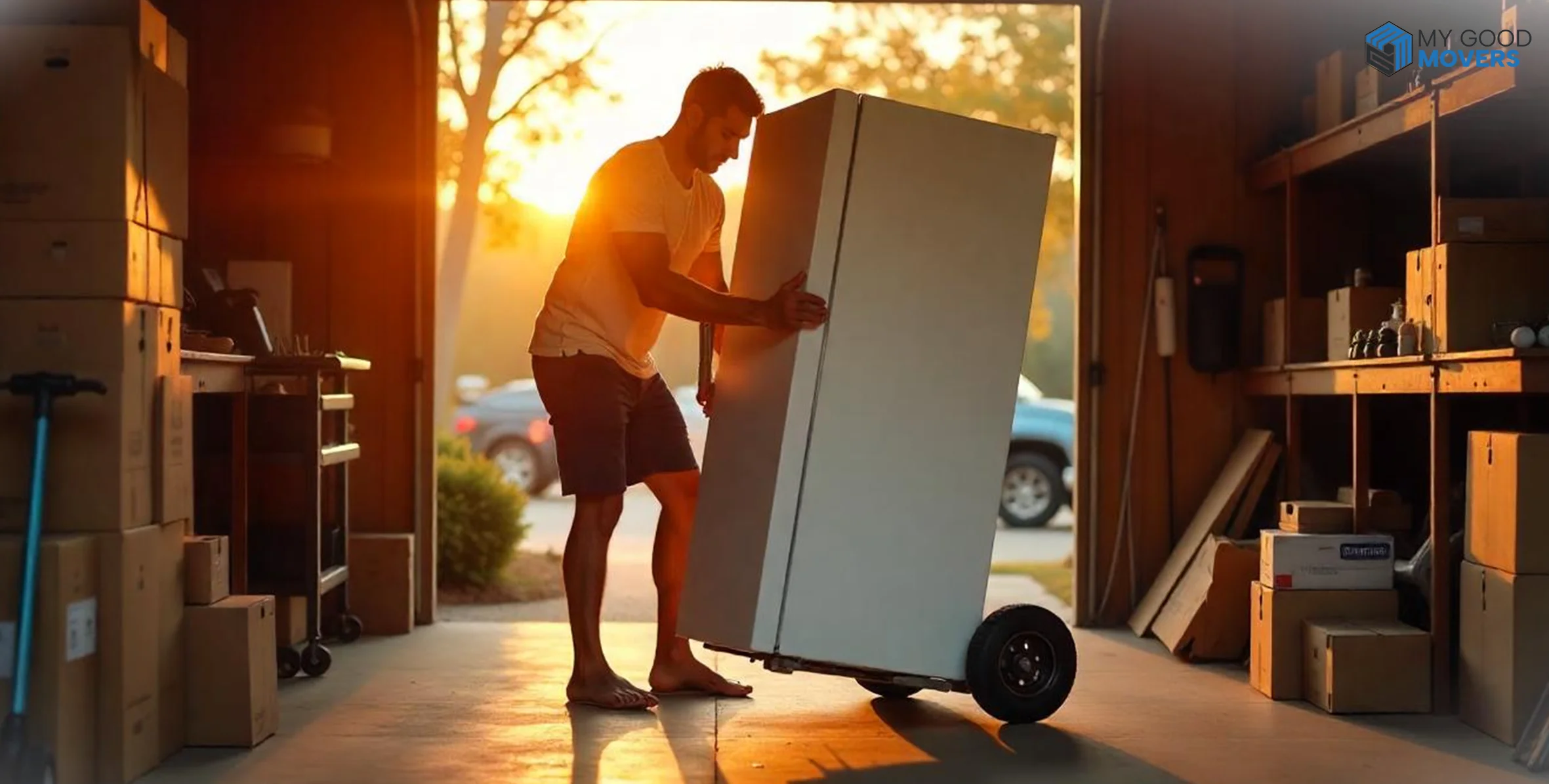
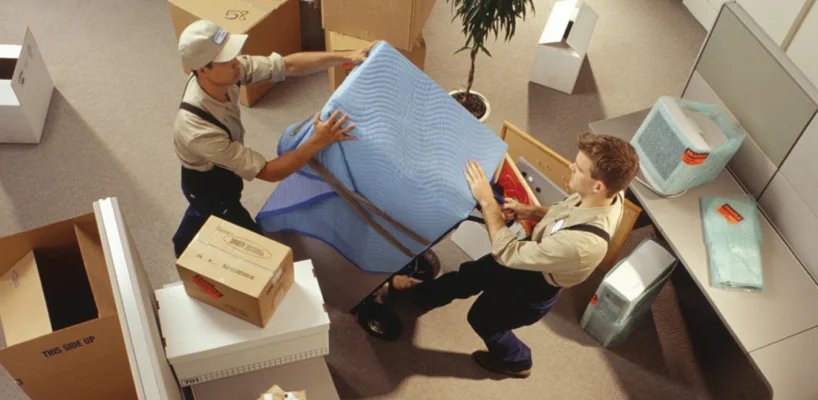














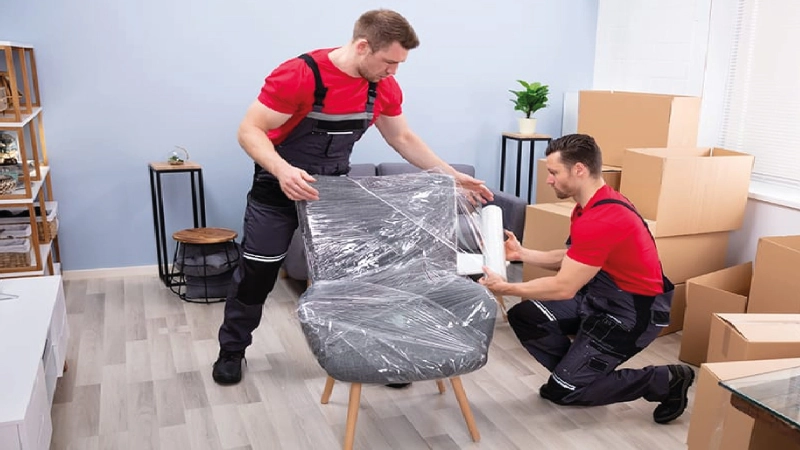

 (239) 799–6077
(239) 799–6077